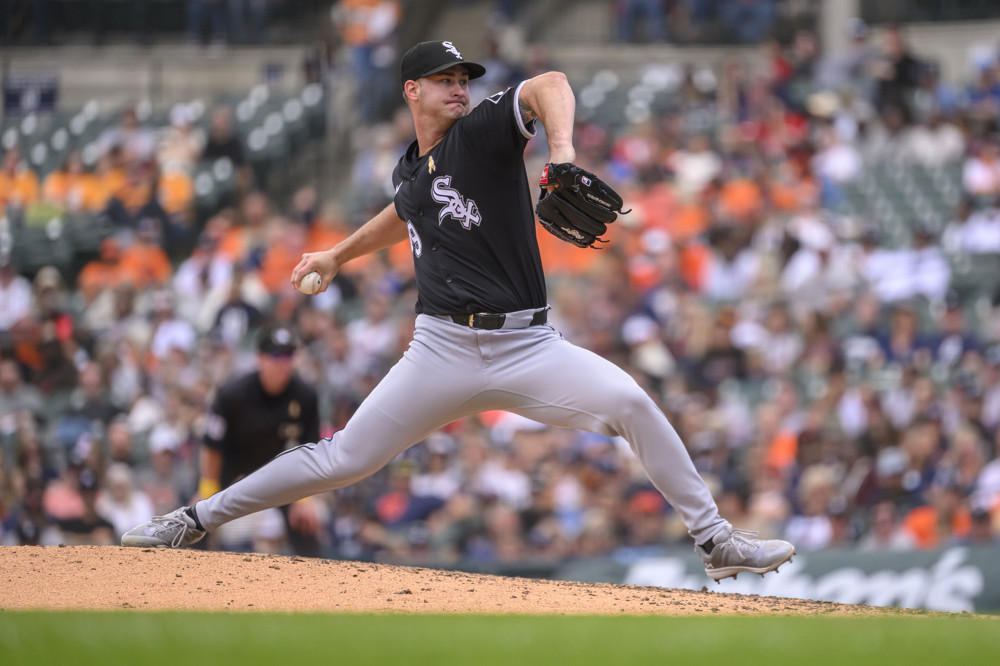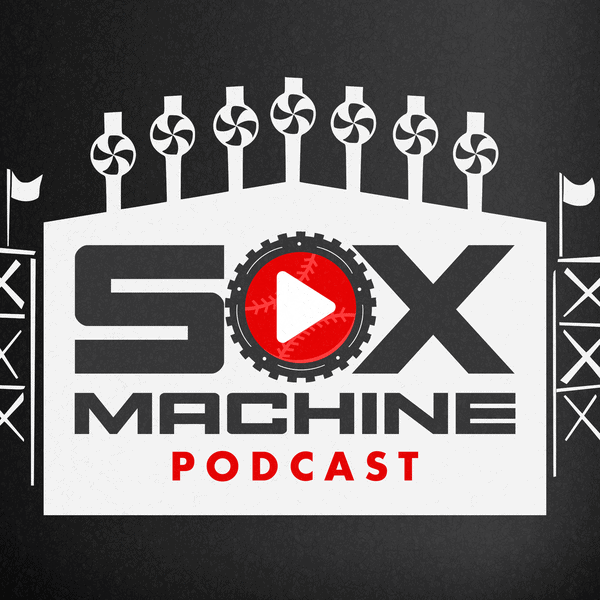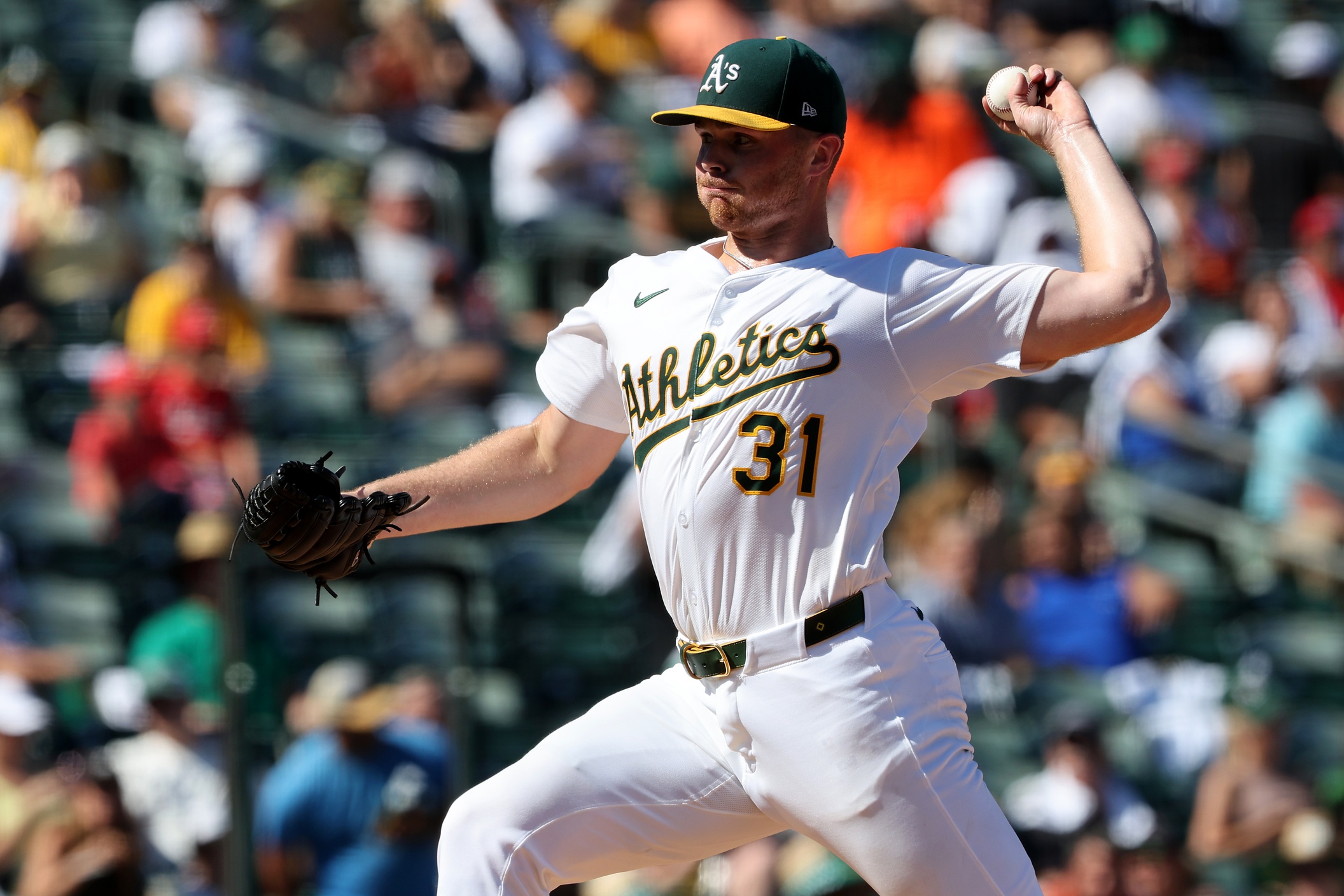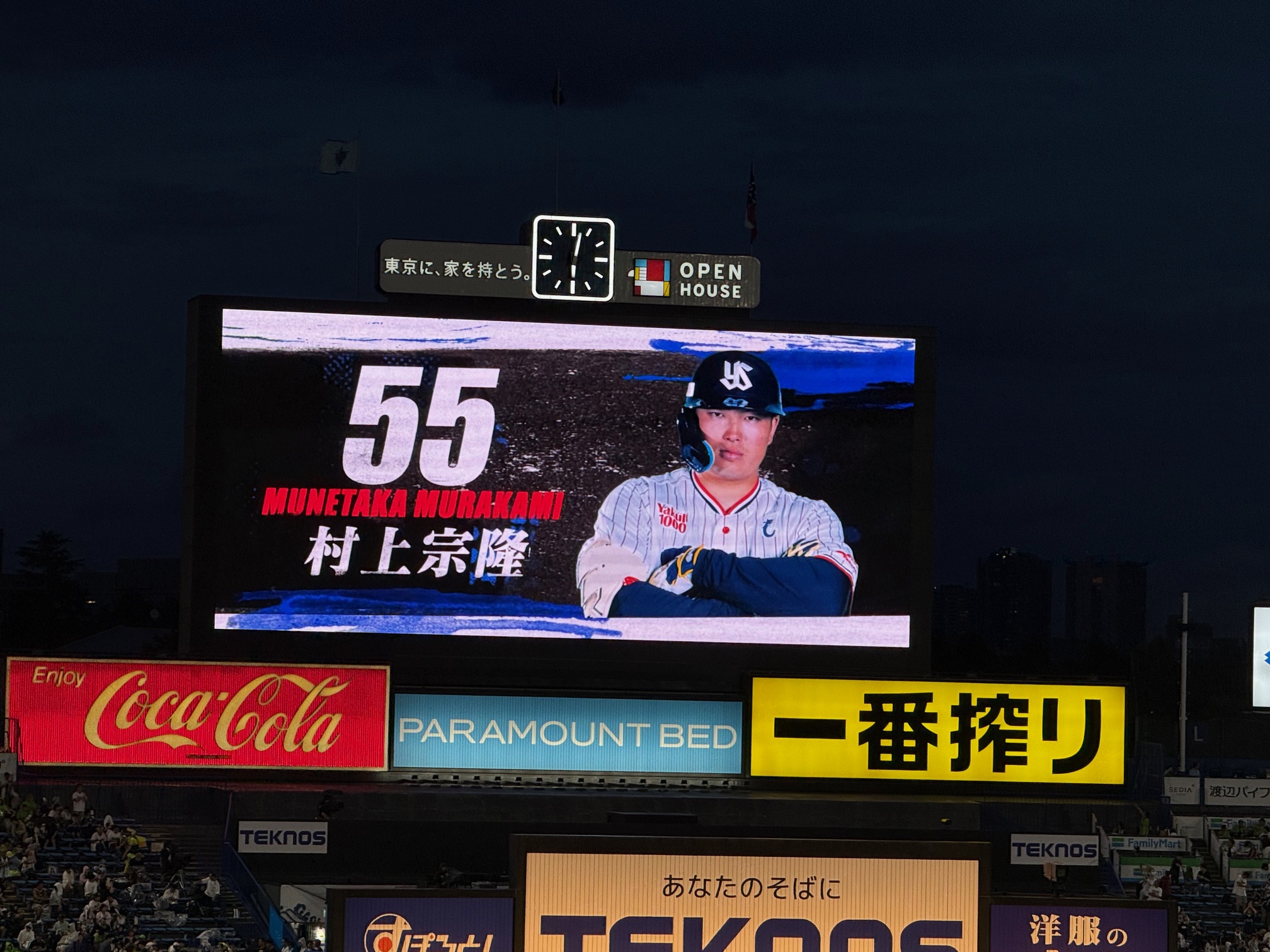For the second straight year, the effort to give Jordan Leasure a third pitch that neutralizes left-handers looks largely abandoned and unsuccessful.
His splitter was supposed to offer something that doesn't move glove-side to throw to lefties, but Leasure hasn't had a usable changeup since undergoing Tommy John surgery. He hasn't thrown his splitter since July 26, when Ian Happ launched it for a home run, and that had been the first time he'd thrown it in a week, where he bounced it in an eventual walk of Spencer Horwitz, and that too was a week removed from its previous usage, which was another homer, this time to Kyle Manzardo. So you can see both why he abandoned that project, and why he's suffering through an .819 OPS against left-handed hitters.
Funnily enough, the 18 appearances since Leasure abandoned his big offseason project have probably marked the best stretch of his major league career. It's certainly his most potent performance against left-handers, despite teams stacking them against him as much as ever.
| Since July 28 | vs. LHP | Overall |
|---|---|---|
| Batters Faced | 33 | 67 |
| AVG | .103 | .098 |
| OBP | .212 | .179 |
| SLG | .310 | .213 |
| K% | 36.4 | 40.3 |
| BB% | 12.1 | 9.0 |
| ERA | N/A | 2.00 |
With the way the White Sox line up leverage relief opportunities, probably only Baseball-Reference.com has truly anointed Leasure as the team's closer. But he's a good bet to lead the team in saves and has ascended to a level on the team's leverage hierarchy of recent that's only rivaled by Grant Taylor.
For someone who had already endured his share of walk-offs and heartbreakers in his two seasons in the majors, surely this is the run of success that establishes his confidence that he can thrive at this level, and the consistent self-belief to shrug off bad outcomes in the future.
"I don't know if I want to get to that point, honestly," Leasure said. "Not that I feel like after a tough game that I might get sent down or something, but there's still that feeling that I'm trying to fight for a job, fight for a spot next season. It's a tough business to be in; especially as a reliever, you're super-replaceable. So I never have felt that comfortable with it. But I feel I've done a better job this season of putting myself in position where if I do have a tough game, I know I can bounce back."
"You have to move on, learn from it and make the best adjustments as quick as possible and be ready to go," said pitching coach Ethan Katz. "You have to as a reliever. If not, it will eat you up up here."
Leasure's fastball, while it's performed better alongside the rest of his results over the past six weeks, has given him plenty of moments to bounce back from this season. He regularly cites the difference between last year and this one as health, feeling free from the shoulder impingement that made it hard for him to get his arm into the right position in his delivery. But while his fastball has recovered two inches of IVB this season and has been ticking up to the higher end of his ~96 mph average velocity of late, it doesn't play as a dominant offering out of his over the top arm slot without circumspect location.
Opponents are slugging .466 against Leasure's four-seamer this season. A late April walk-off in Sacramento, when he dotted 98 mph at the top of the zone to Luis Urias, still stands out to Leasure as one of the best fastballs he's thrown all season. It's a reminder that he can't let results be his sole method of self-evaluation, and that his slider command has been the biggest beneficiary of his healthier season.
"The improvement on his execution of his slider from last year to this year is off the charts," Katz said. "That's just him getting his arm positioned in a way better spot. That got away from him last year. His arm stroke really got too loose and really caught up and that's why he had a lot of unexecuted pitches there throughout the season. Now that he's getting arm in a much better position, the slider swing-and-miss and performance is much better."
Leasure's maintained a burly 40 percent miss rate on his slider despite significantly hiking its usage, especially now that it's his sole secondary weapon against hitters on both sides of the plate. After the pitch was tattooed last year (.419 BA/.744 SLG), Leasure said his newfound command allows him to think in terms of quadrants he can target to avoid damage this year (.155 BA/.286 SLG), even if the same sense of trying to outrun oblivion that he brings to discussing his career progress, transfers over to how he thinks about his breaking ball location.
"In the offseason, I work out in Tampa with a bunch of guy, but [Vladimir Guerrero Jr.] and Teoscar [Hernández] were in the same group as me training," Leasure said. "Teoscar this past offseason was hitting and he said in most cases he'd rather hit a slider that's over the plate than a fastball that's 96+ mph. I think that's interesting. What his point was, a slider that's hanging over the middle of the plate, not really doing much, is easier to hit than a fastball. So being able to trust that I'm throwing [the slider] the way I need to and it has the movement and velo and everything, it opens everything up to use the fastball if I need to.
"Thinking about the strike zone, it means if I'm trying to throw [my slider] for a strike, it doesn't mean I'm trying to throw it up in the zone or down the middle. You still throw it for a strike, but you've got to have it in a good spot, down in the zone, away to a righty or away to a lefty."
While that's a lot of thinking about avoiding danger for a pitcher that is usually trying to stave of late-game disaster in every appearance, his late-season upturn has timed up with that of his team, where all parties involved are thriving in a low-stakes environment.
"We're all fighting for jobs," Leasure said. "We're not really in the hunt for playoffs. So it's not that the games don't matter, but it's a little bit more feeling of I can go out there and not be scared to fail. Just compete and learn from whatever happens."






